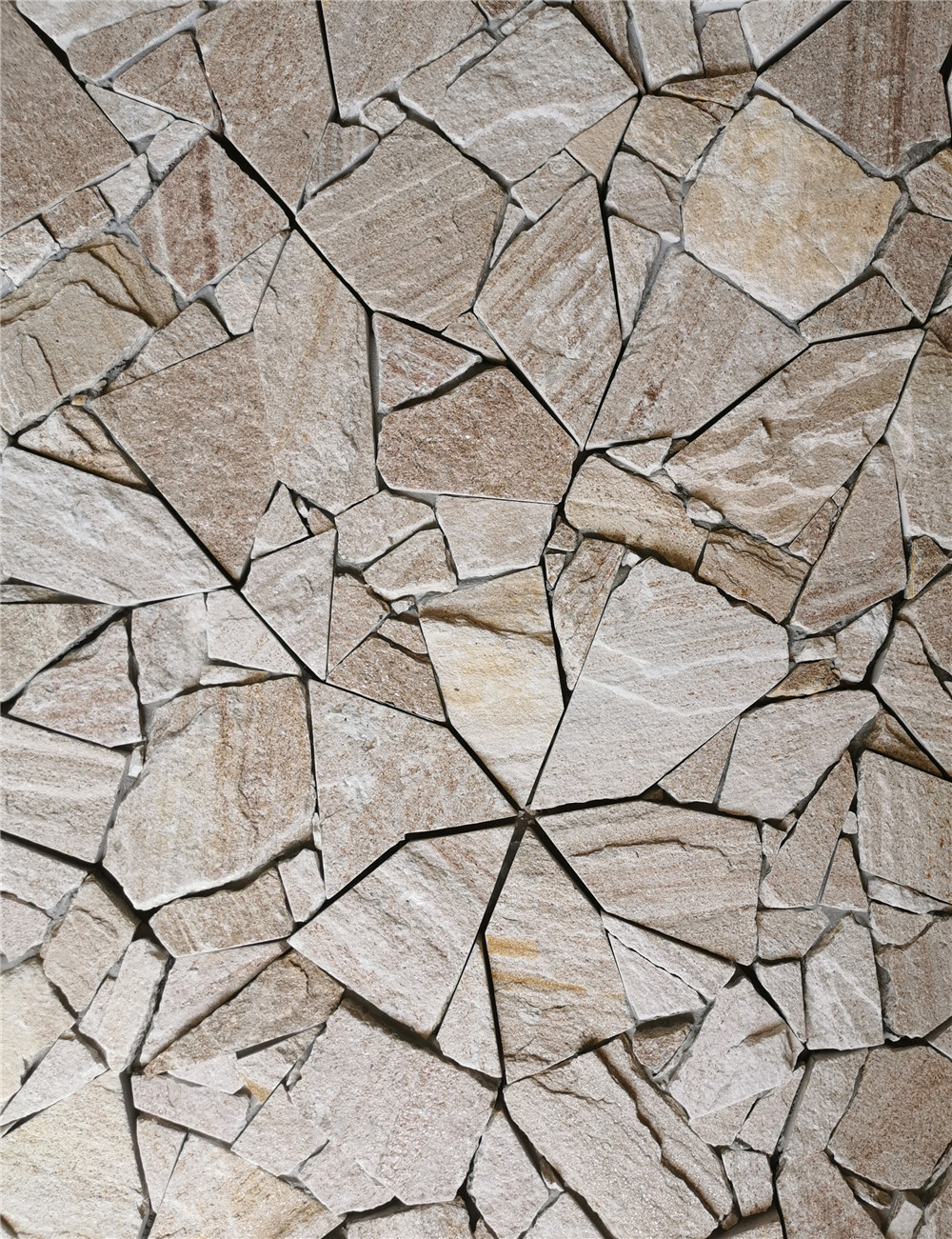Introduction:
Cultured stone is a popular choice for homeowners and designers looking to add a touch of natural beauty to their spaces. This versatile material is often used for fireplaces, accent walls, exterior siding, and more. While the choice of cultured stone is crucial in achieving the desired aesthetic, the grout color used to fill the gaps between the stones can also make a significant impact on the overall look of the installation. In this article, we will explore the importance of selecting the right grout color for your cultured stone project and provide tips for choosing the perfect shade to enhance the beauty of your design.
Understanding Cultured Stone and Grout:
Cultured stone, also known as manufactured stone or faux stone, is a lightweight concrete product designed to mimic the look of natural stone. It is available in a wide range of colors, shapes, and textures, making it a versatile choice for both interior and exterior applications. Cultured stone is typically installed with gaps between the stones to create a more natural appearance. These gaps are then filled with grout, a mixture of cement, sand, and water that helps secure the stones in place and provides a finished look to the installation.
The grout color you choose can have a significant impact on the final appearance of your cultured stone project. While some homeowners opt for a grout color that matches the stones closely to create a seamless look, others prefer contrasting grout colors to highlight the individual stones and create a more dramatic effect. Ultimately, the choice of grout color will depend on your personal style preferences and the overall design goals of your project.
Factors to Consider When Choosing Grout Color:
When selecting a grout color for your cultured stone installation, there are several factors to consider to ensure that the final result meets your expectations. Here are some key considerations to keep in mind:
1. Stone Color and Texture:
The color and texture of the cultured stone you have chosen will play a significant role in determining the most suitable grout color. If your stones are predominantly light in color, a light-colored grout may help create a cohesive and harmonious look. On the other hand, if your stones are darker or have a lot of variation in color, a contrasting grout color can help emphasize the individual stones and add visual interest to the installation.
2. Design Goals:
Consider the overall design goals of your project when selecting a grout color. Are you looking to achieve a rustic, natural look, or do you prefer a more contemporary and clean aesthetic? The grout color you choose should complement the style of your space and enhance the desired atmosphere.
3. Maintenance:
Keep in mind that lighter grout colors may show dirt and stains more easily than darker grout colors. If your installation will be in a high-traffic area or exposed to moisture, you may want to choose a grout color that is less likely to show signs of wear and tear over time.
4. Lighting:
The lighting conditions in the room where the cultured stone installation will be located can also influence the appearance of the grout color. Natural light, artificial light, and the direction of light can all affect how the grout color is perceived. It's a good idea to test the grout color in different lighting conditions to ensure that it complements the overall look of the space.
Tips for Choosing the Perfect Grout Color:
Now that you have a better understanding of the factors to consider when selecting a grout color for your cultured stone installation, here are some tips to help you choose the perfect shade:
1. Test Samples:
Before committing to a grout color, it's essential to test samples in the actual installation area. Cultured stone installations can vary in color and texture, so placing grout samples next to the stones will give you a better idea of how the final result will look. Consider testing different grout colors in small sections to see how they interact with the stones and the overall design of the space.

2. Consider Contrast:
Contrasting grout colors can help highlight the individual stones and create a more dynamic look. If you want to make a bold statement with your cultured stone installation, consider choosing a grout color that contrasts with the stones to create a striking visual impact. For example, pairing light-colored stones with dark grout can create a dramatic effect that draws attention to the texture and shape of the stones.
3. Harmonize with Surroundings:
Take into account the existing color palette and design elements in the room when selecting a grout color. The grout should complement the surrounding materials, furniture, and decor to create a cohesive and harmonious look. Consider how the grout color will interact with the walls, flooring, and other architectural features in the space to ensure a seamless integration of the cultured stone installation.
4. Seek Professional Advice:
If you're unsure about which grout color to choose or if you're working on a complex project with specific design requirements, consider seeking advice from a professional designer or contractor. They can offer valuable insights and recommendations based on their experience and expertise, helping you make an informed decision that aligns with your design vision.
Stepping stone colors for personalized aesthetics :
The grout color you choose for your cultured stone installation can significantly impact the overall look and feel of the project. By considering factors such as stone color, design goals, maintenance, lighting, and contrast, you can select a grout color that enhances the beauty of your space and complements the cultured stone design. Whether you opt for a seamless match or a bold contrast, the right grout color can elevate your cultured stone installation and create a stunning focal point in your home. With careful consideration and attention to detail, you can achieve a truly exceptional result that showcases the natural beauty of cultured stone in all its glory.
